How to play guitar like... James Taylor
A personal lesson in magical unplugged playing
James Taylor's acoustic guitar style has been instantly recognisable since the early 70s, and has influenced countless singer-songwriters since. He might not be a virtuoso instrumentalist - always using the guitar to accompany his voice - but there's a lot you can learn from his style.
In contrast to the more pattern-based fingerpicking styles (often blues-derived) of the more folky acoustic songwriters, Taylor's style has a more pianistic approach - think about how a pianist uses the sustain pedal to add suspensions and create smooth transitions between chords.
This requires careful note choice and a certain amount of control over your picking hand. Every note can be selected or avoided, depending on the sound you want to make.
Here's our brief guide to the James Taylor sound, transcribed from the examples he played for us in the accompanying video.
Example one
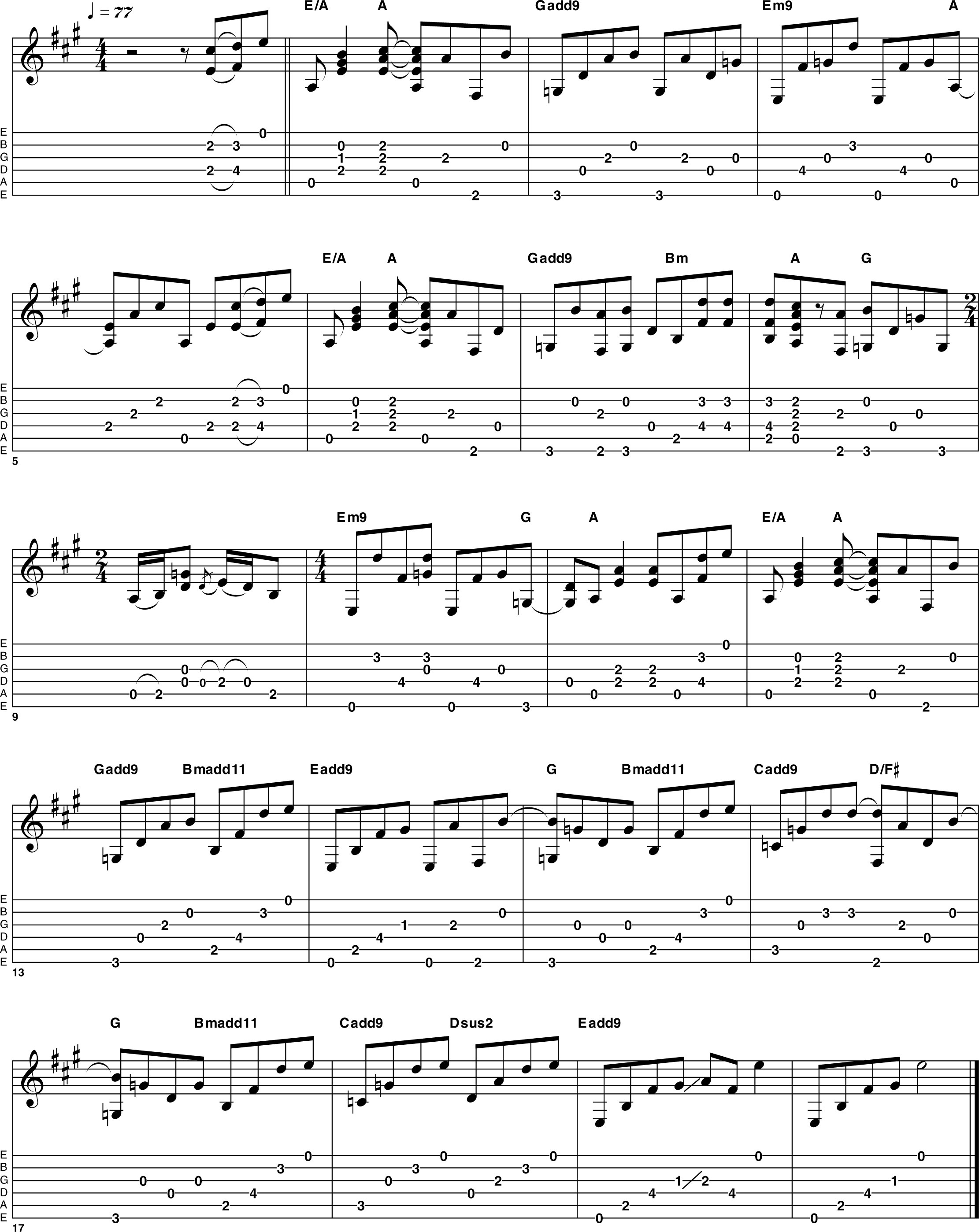
James starts by showing how he might fingerpick a chord progression. Notice how he'll introduce notes from the next chord to add interest, such as that first A to Gadd9 change, where the F# prepares us for the new G bass note and the open B gives a suggestion of the new chord.
"These are lines that are happening all around each other rather than all at once," James says. "They're independent. It's very different from a strumming technique. I often lead with a bass line and then break it up rhythmically, so it has an internal back-and-forth."
Example one tab (right-click to download)
Want all the hottest music and gear news, reviews, deals, features and more, direct to your inbox? Sign up here.
Example two
Below you'll see a list of chords, all of which James considers to be typical of his sound. Let's get stuck in and examine them properly, in a sort of mini Substitute special!
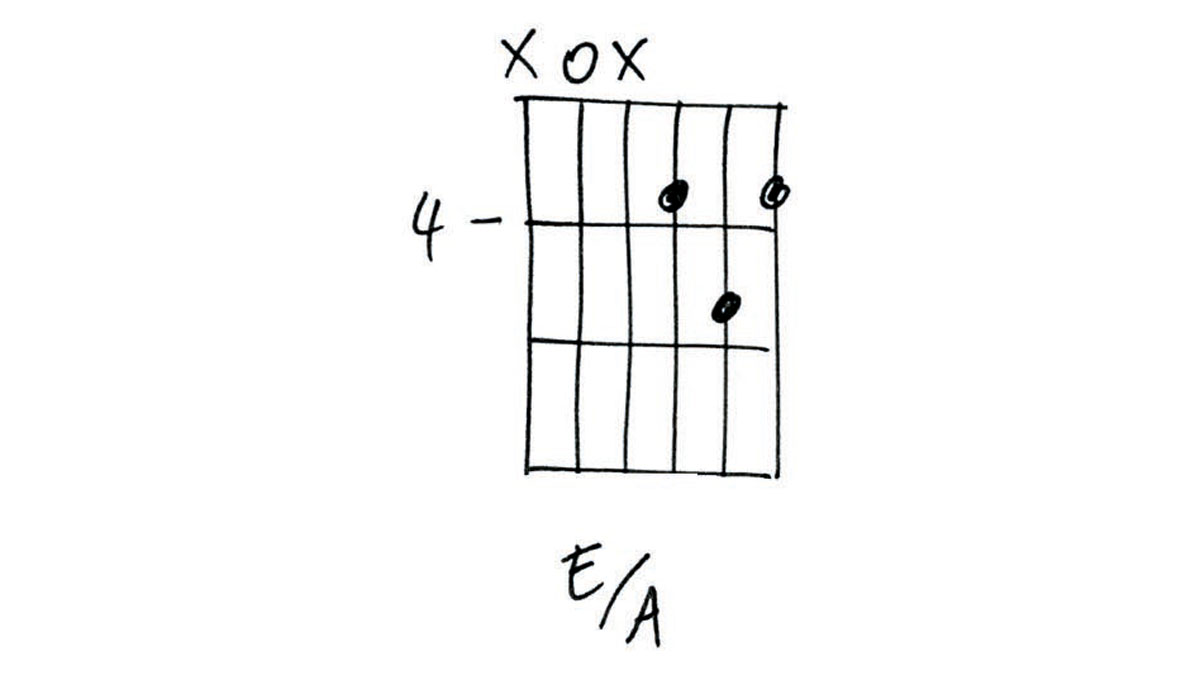
1. You can look at this in two ways, either as an E triad over an A bass or as an Amaj7 variant. The major 3rd (C#) is replaced with a B, so it'd be Amaj7sus2.
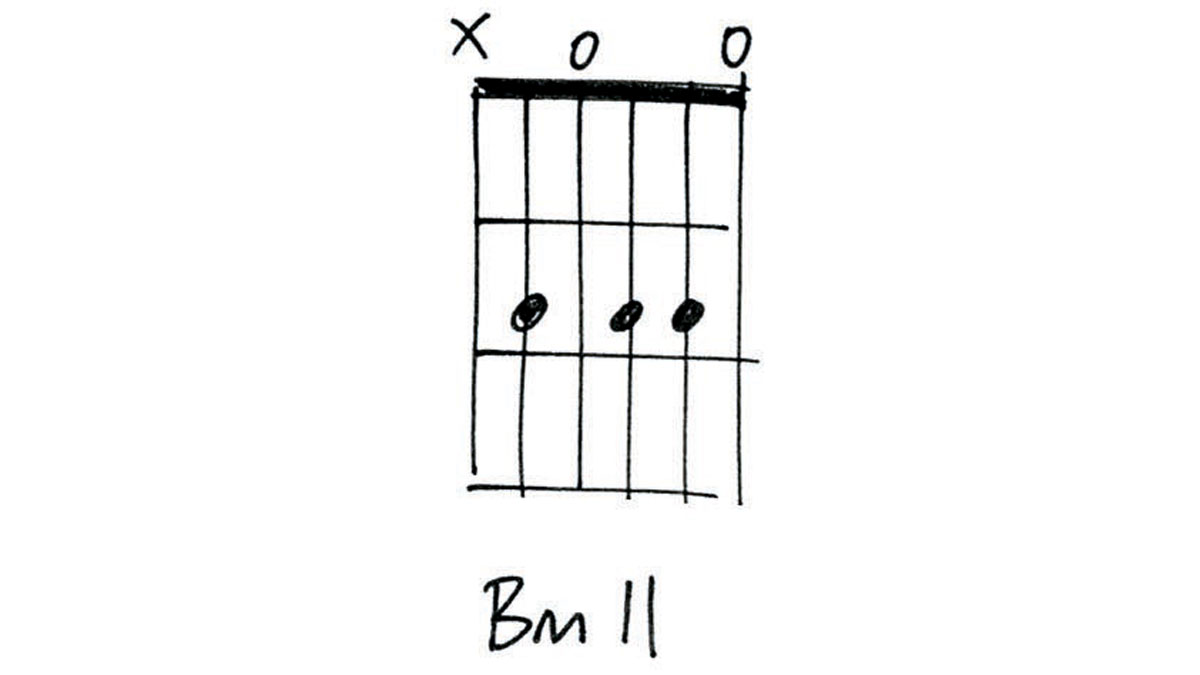
2. This is always a great alternative to a standard Bm or Bm7. It also has a hint of ambiguity, with that A major triad on the top.
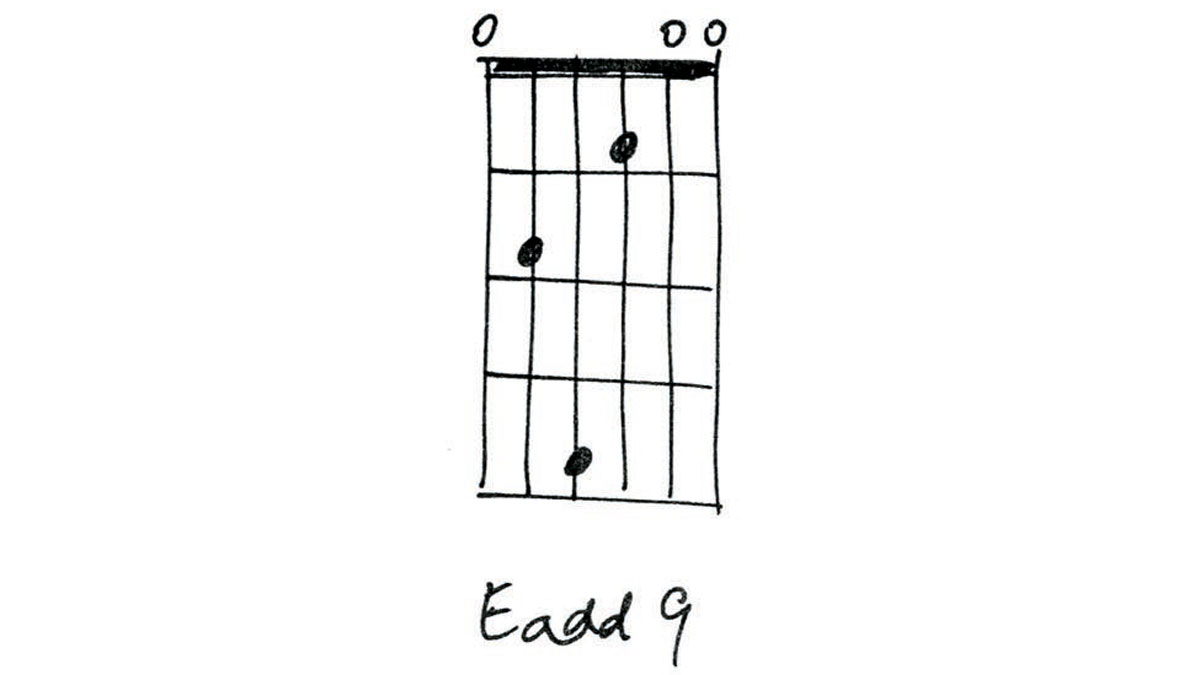
3. This is the sound of Every Breath You Take. The shape is less painful to play in open position, and this is an alternative to pretty much any E major.
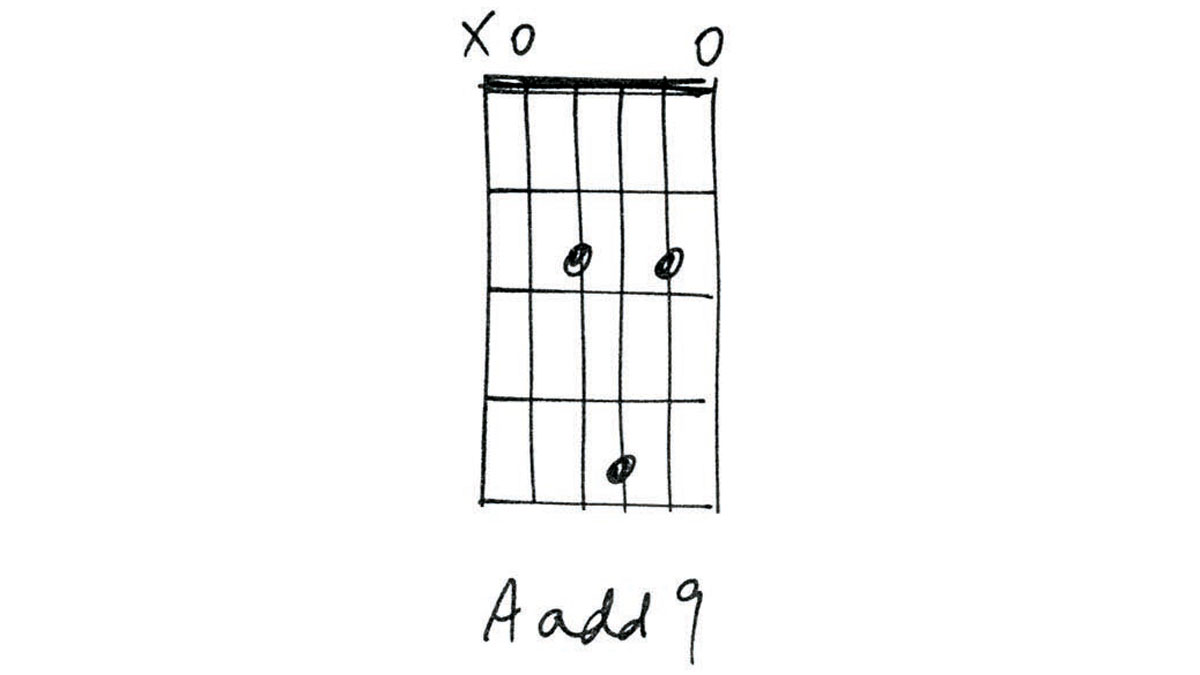
4. This is the fifth string root equivalent of the previous chord.
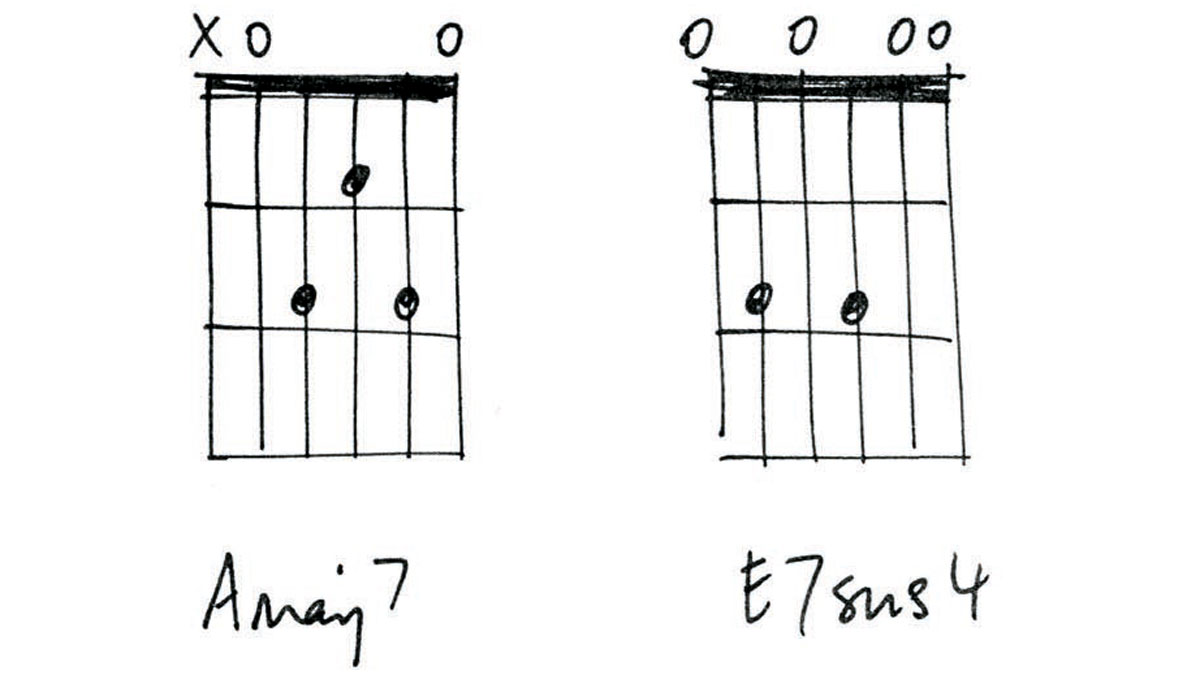
5. James plays these two chords as a progression, joining them with a nice walking and alternating bass line.
Temper Temper
Perhaps the most interesting aspect of Taylor's technique is his approach to tuning the guitar: he tunes all the strings flat but by very specific, microtonal amounts.
"In Bach's time they came up with the tempered tuning that allowed you to play in different keys but still stay in tune," he explains.
"I do the same thing on the guitar. If I'm playing in A440 [standard concert pitch], the first string will be an exact E, but the sixth string will be 10 cents flat - 10 cents being 10 hundredths of a half-tone - 10 cents lower than an exact E, so it's a wider tuning. But because I use a capo so often and because the capo itself pulls the guitar slightly sharp, I actually tune the first string to minus three cents.
"Because the second string is always such a devilish thing, it gets minus five; then I do minus four for the third, then it's minus eight, minus 10, and minus 12. So that compensates for the capo pulling it sharp, but also because the bass strings ring sharp because they're getting tighter as they vibrate.
"So as you play up the neck, this wider tuning is very forgiving; you don't get the same problems with the 3rd in the chords ringing sharp. So that's how I temper tune the guitar."
Example three

This Latin-flavoured progression again demonstrates the technique we saw in Example One. James pre-empts each chord change by introducing one note from the new chord on the last 8th note of the previous chord.
Example three tab (right-click to download)
Example four
The difficulty with having a liking for particular sonorities on the guitar is that they don't always translate to other keys, where barre chord shapes might make certain note groupings impossible. Enter the good old capo!
Here James runs through a few simple chord shapes with the capo at the 2nd fret, making the chords sound a whole tone higher.
"The capo is on my guitar as often as it it is off," James says. "It probably started because I found something I liked ot play but it sounded better up a whole tone. I very seldom capo any higher than the 3rd fret. It's so that that playing in E and D and A, I can go up to hang in F and G or in C.
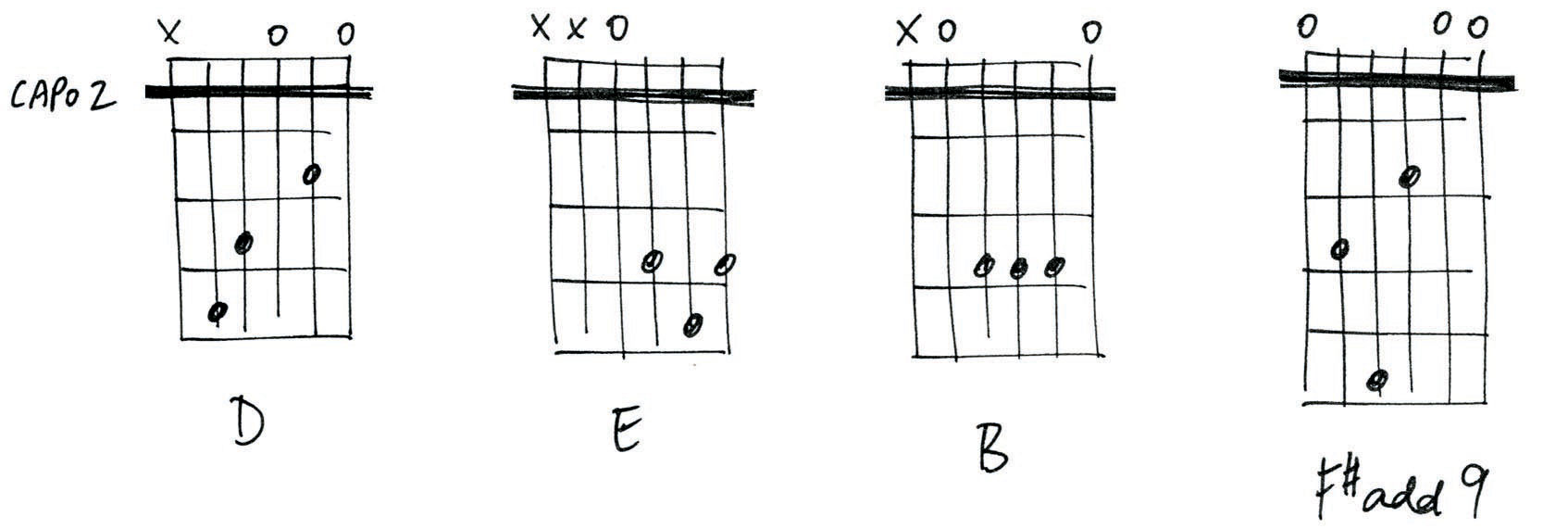
"I very seldom play in open C. It's just an uninteresting chord on the guitar, for me. I much prefer the D, A and E fingering. It just pulls it into a different range for the voice so you can do a different thing melodically to it.
"I'm a baritone, which is not great - I think the best thing to be is a tenor, like Jimmy Nail or Sting, Graham Nash, Ricky Skaggs, and have that really high range, because when you're playing guitar and you have this huge thing up above it so it feels like a much wider range that's available to you.
"I'm constantly working on finding a way to make the guitar lower. I do play bass with my thumb and my bass players Jimmy Johnson and Lee Sklar will tell you the challenge is working with somebody who's already playing bass."
Example five
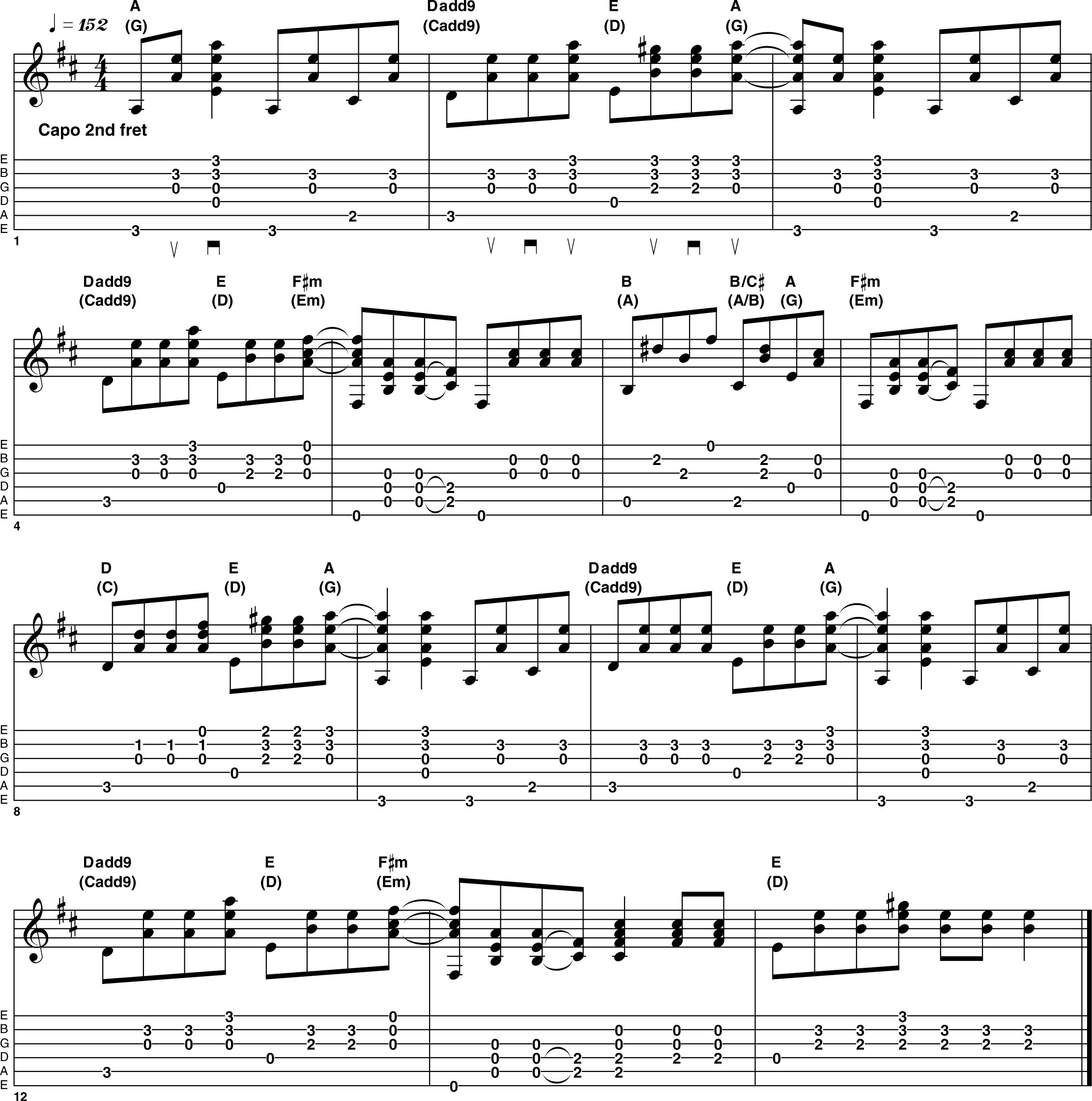
Finally, James demonstrates his 'pick-and-strum' approach. Basically, you're picking the bass notes with your thumb as normal, but strumming the high notes both upwards and downwards with your fingernails. You can, of course, also play regular fingerpicked single notes, as in bar 6.
Example five tab (right-click to download)